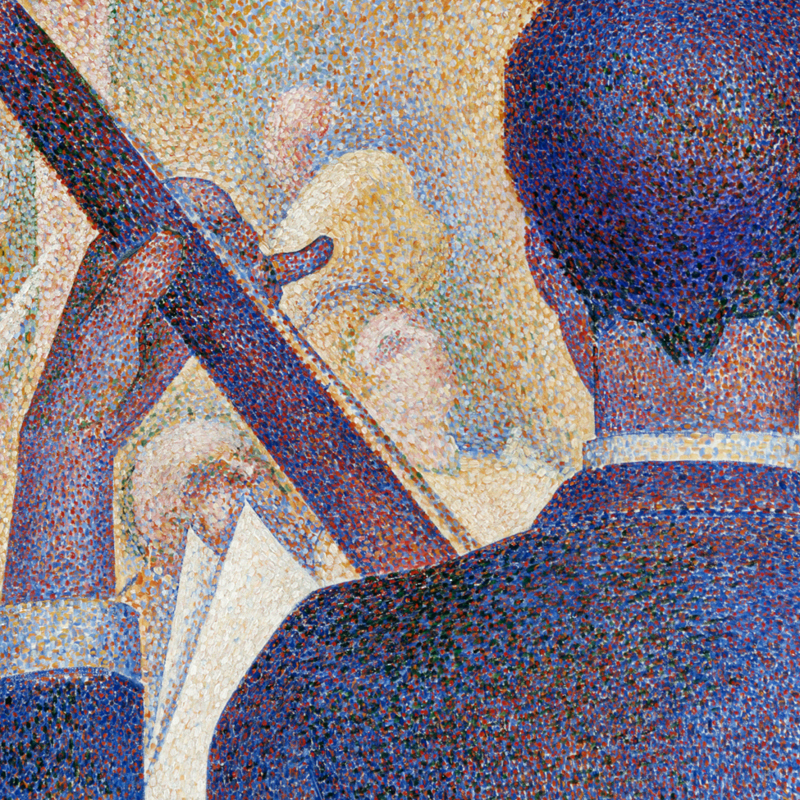
Exploring Neo-Impressionism: Painting, perception, and politics
- Past - Tuesday, 28 October 2025
- Past - Tuesday, 4 November 2025
- Past - Tuesday, 11 November 2025
- Tuesday, 18 November 2025
Tickets
| Standard: | £60 |
| Concessions: | £57 |
Please book a ticket to access the event. You will receive an E-ticket with instructions on how to access your online events, films and resources via your National Gallery account.
Please note, only one ticket can be booked per account.
Concessions are for full-time students, jobseekers, and disabled adults.
About
Step into the world of Neo-Impressionism, a movement that challenged the spontaneity of Impressionism and gave rise to a bold new vision of modern painting. Inspired by our major exhibition, Radical Harmony Helene Kröller-Müller's Neo-Impressionists, this four-week online course traces the evolution of Neo-Impressionism from its radical and optical beginnings to its political undercurrents.
Led by art historian and artist Aliki Braine, the course examines the work of artists including Georges Seurat, Anna Boch, Jan Toorop, Vincent van Gogh, and Camille Pissarro, and explores how this precise, scientific approach to painting became a vehicle for revolutionary ideas.
Discover the materials and methods behind the movement, encounter the collectors and women artists who shaped the movement, and consider how these vibrant artworks could carry complex social meaning.
The sessions will include guest contributions from the Kröller-Müller Museum's exhibition curator, Renske Cohen Tervaert, and Curator of European Art at the Art Gallery of Ontario, Dr Caroline Shields.
The course will begin with an introduction to the works on display in ‘Radical Harmony: Helene Kröller-Müller's Neo-Impressionists'. This first session will explore how the intuitive drive of Impressionism was pushed aside by artists like Georges Seurat, Vincent van Gogh, Paul Signac and Camille Pissarro to create a new systematic method of painting and a shift towards more socially engaged subject matter.

This second week will focus on the materials and techniques of Neo-Impressionist paintings. Now often referred to as pointillism, these works are painted in small dots of pure colour which blend to create nuanced tones and an illusion of light. These late 19th-century artists embraced a technique which simplified form, played with colour in an entirely new way, and which embraced new theories and scientific laws of colour.

One of the first great women art patrons of the 20th century, Helene Kröller-Müller assembled the most comprehensive collection of Neo-Impressionist paintings in the world. This session will focus on her place in the history of modern art and the contributions other women made to Neo-Impressionism.
Renske Cohen Tervaert, curator at the Kröller-Müller Museum, will join us to speak about Helene Kröller-Müller and her visionary museum and collection.
Neo-Impressionism came to life in one of the most turbulent periods of French social history. This session will explore how, alongside their exciting approach to colour, Neo-Impressionist style went hand-in-hand with radical political ideas and how their seemingly carefree subject matters are often filled with undertones of social criticism.
We will be joined by guest speaker, art historian and curator Caroline Shields, in the first half of the session to speak more about the role of politics and anarchy in the movement.
Your tutor
Aliki Braine is an artist and art historian. She studied at The Ruskin School of Fine Art, Oxford, The Slade School of Fine Art, London and The Courtauld Institute where she was awarded a distinction for her masters in 17th century painting. Having worked for the National Gallery’s Learning department for over twenty years, Aliki now regularly teaches for the Wallace Collection, Christie’s Education and The Arts Society and is an Associate Lecturer for the Camberwell College, University of the Arts London. She regularly exhibits her work internationally and has had recent exhibitions in Oxford, Paris, Vienna, Madrid and London.
Watch again
Can't make Tuesday afternoons but don't want to miss out? No problem, you can watch again.
Each session is recorded and made available to you for the duration of the course, up until 2 weeks after the final session.
A video of the week's lecture will be uploaded and available for you to watch via your National Gallery account on Thursday afternoons, in time for the weekend.
Format
Each session lasts for 2 hours and includes a lecture delivered by the course lecturer followed by a short break and further discussion.
Time will be allowed for questions and discussion via Q&A.
Handouts will be available via your National Gallery account on Monday mornings.
Optional homework is provided to help you prepare for the following week's session.
Booking information
This is an online ticketed course hosted on Zoom. Please book a ticket to access the course. Only one ticket can be booked per account.
You will be emailed an E-ticket with instructions on how to access the course via your National Gallery account. All course information including your Zoom link, weekly handouts, and recordings will be available here.
Your link will be valid for the duration of the course.
Booking after the course has started
You are welcome to join the module at any point during its six-week run. You will gain access to all the recordings until two weeks after the final session.


